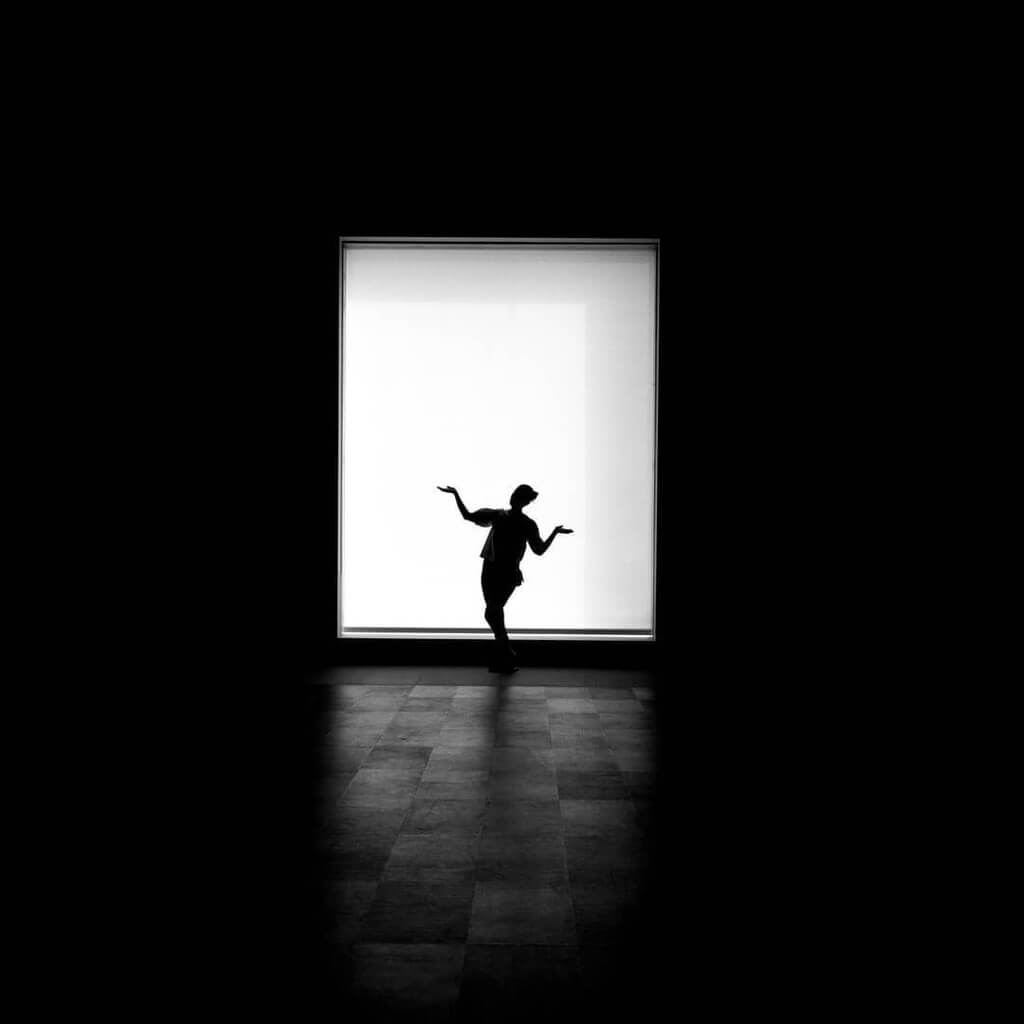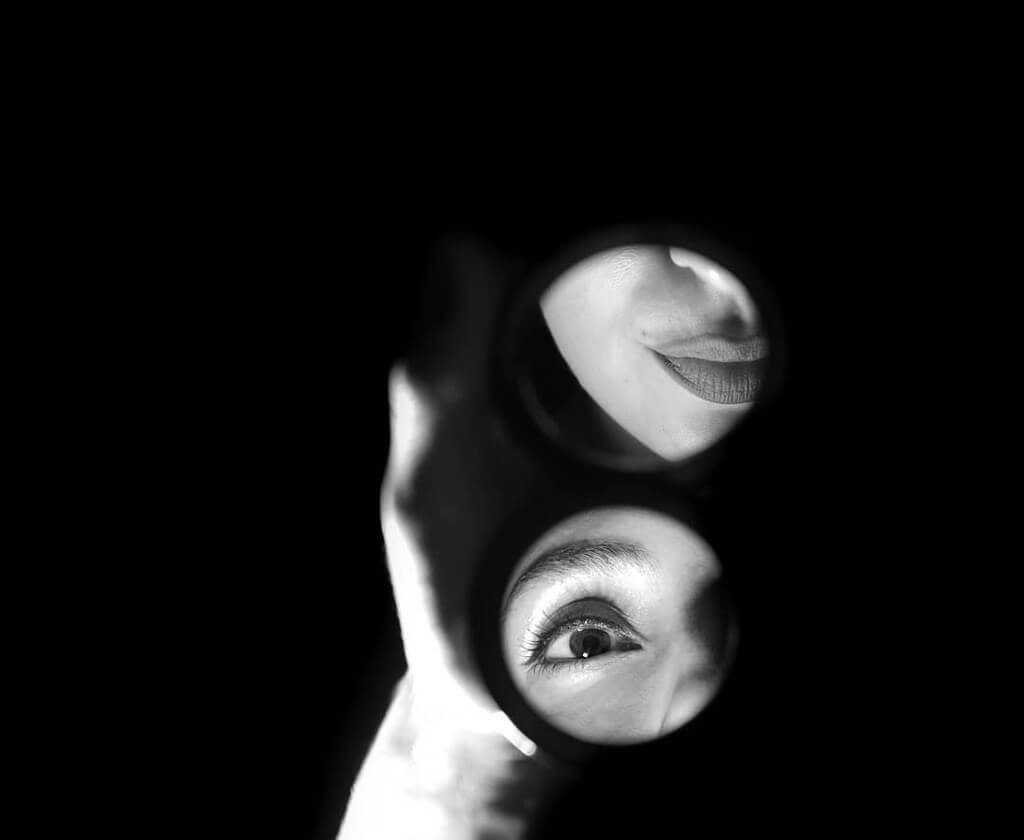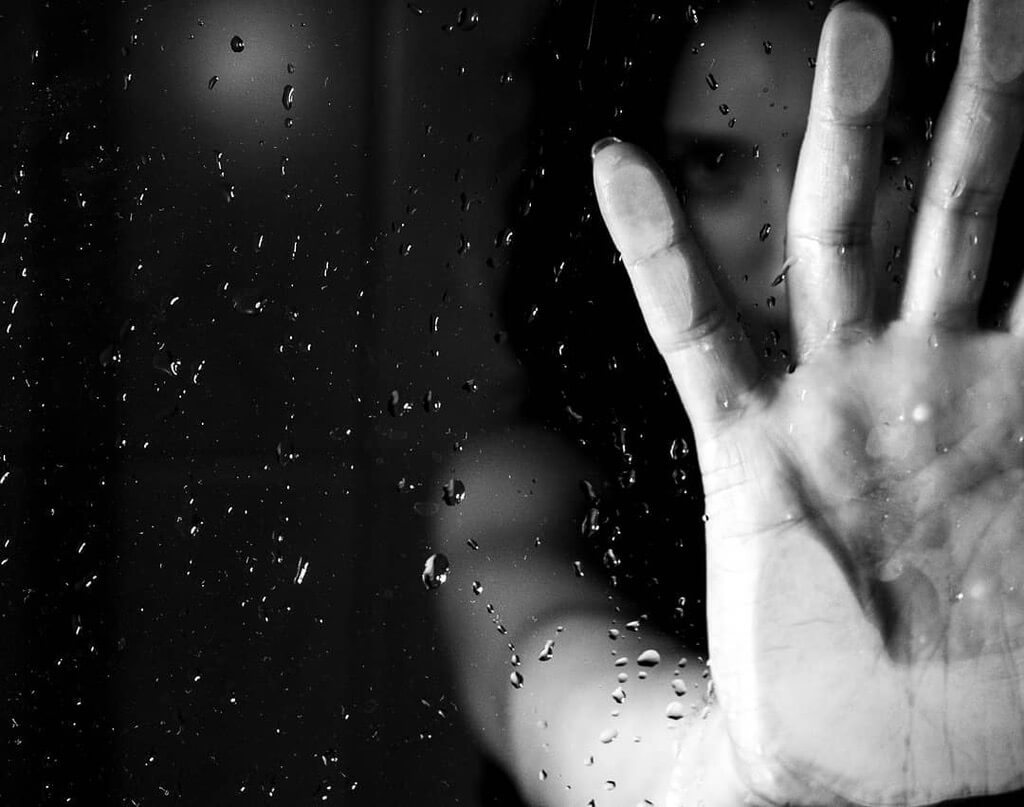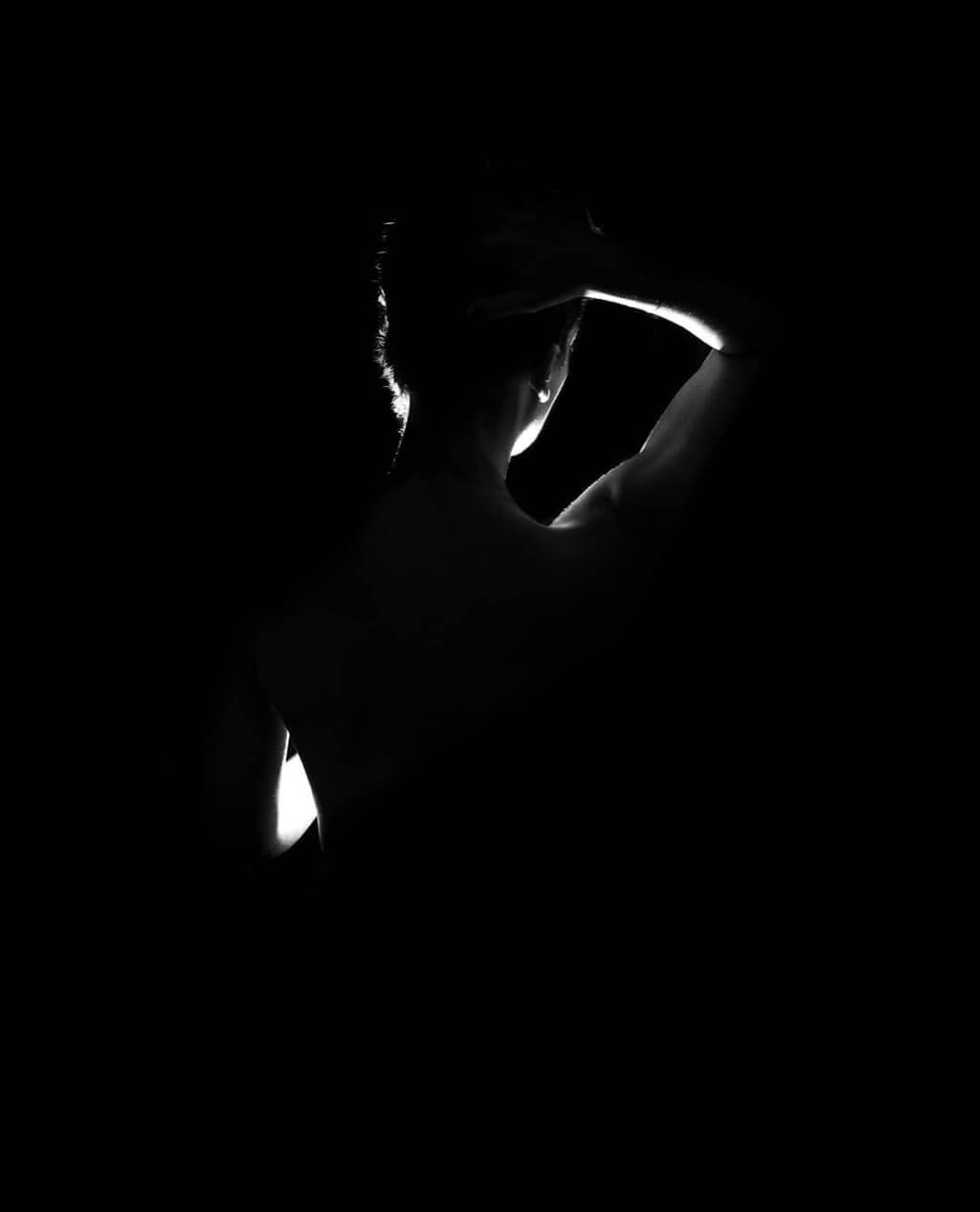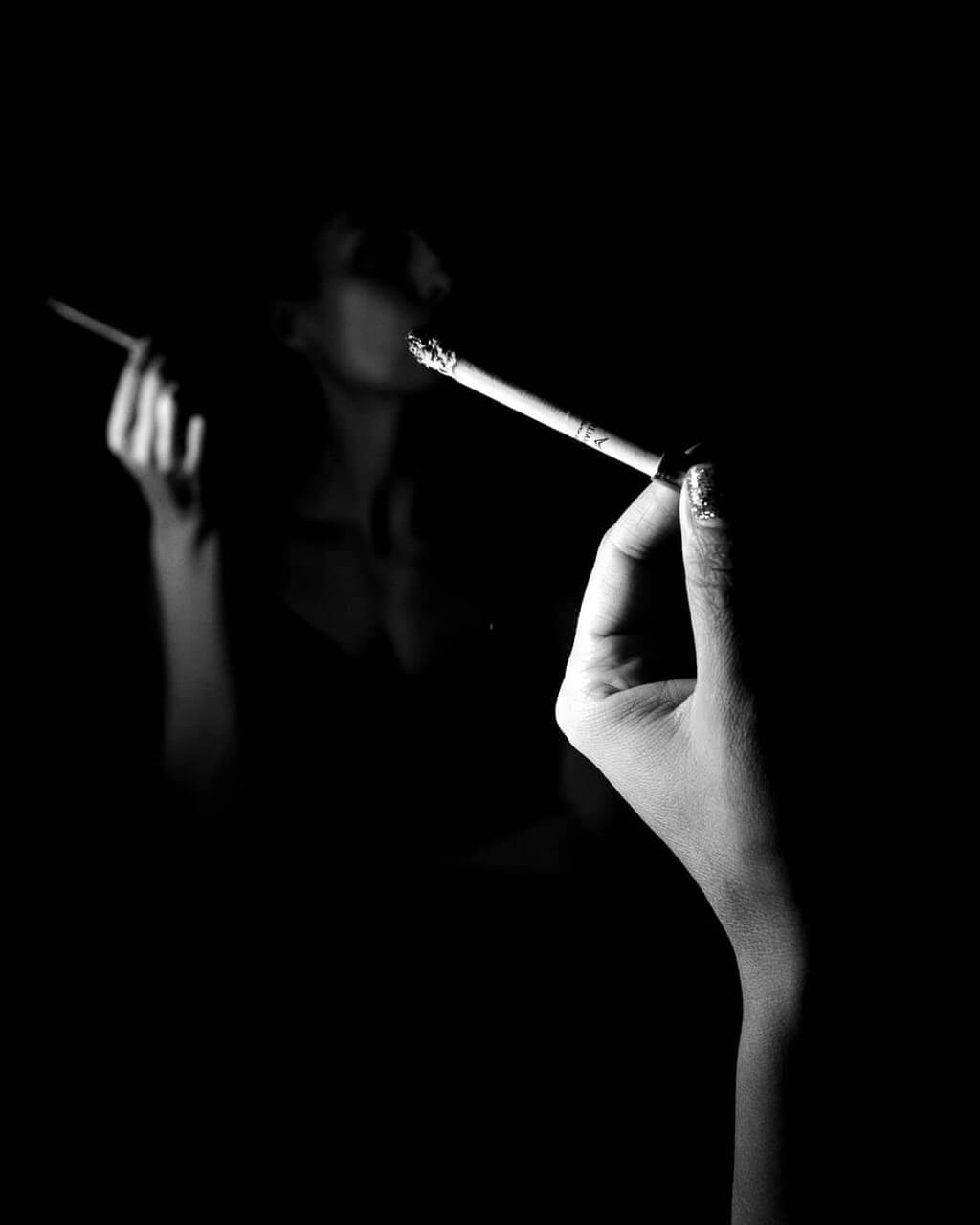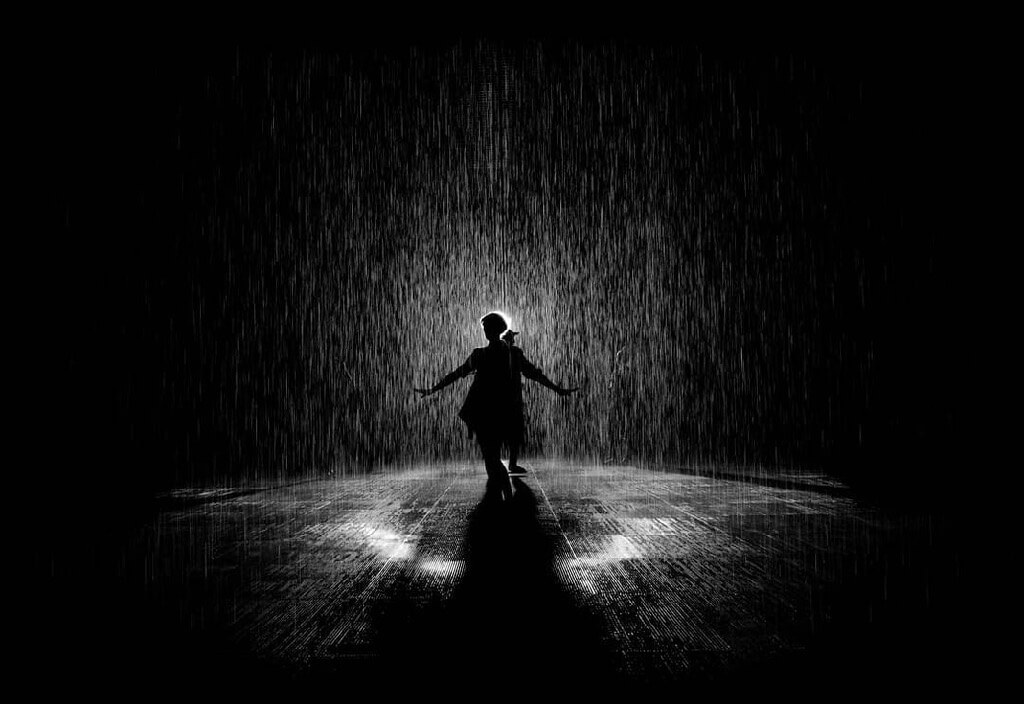Once you’ve learned the basics of lighting, composition, and camera settings, one of the hardest things to figure out as a photographer is your personal style. What subjects and genres do you shoot? What do you not shoot? And what makes your style distinctive?
Essentially, what sets you apart from all the other photographers in the world? For many, this question never goes away. Even experienced professional photographers may keep asking themselves, “What is my unique view of the world?”
While there’s no single way to find an answer to this question, many successful photographers find their creative vision by first trying to copy ideas, photos, or styles that inspire them. Then, through this experimentation, they slowly develop their own unique style.
That’s exactly how street photographer Daniel Turan developed his current style. He found photographers whose work he liked and tried to imitate their images. Eventually, he hit upon a style he could call his own, naming it “street noir,” a combination of street photography and noir photography.
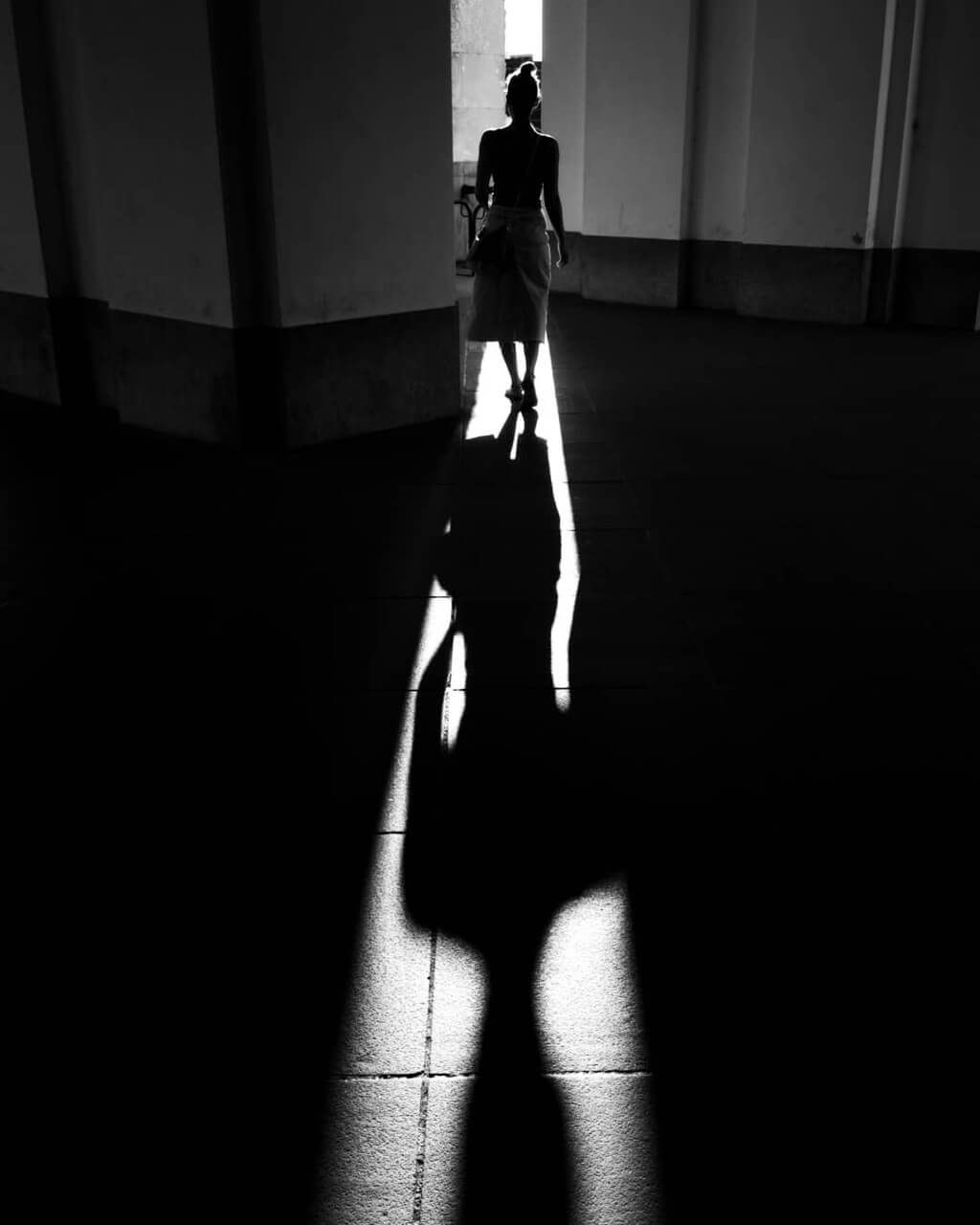
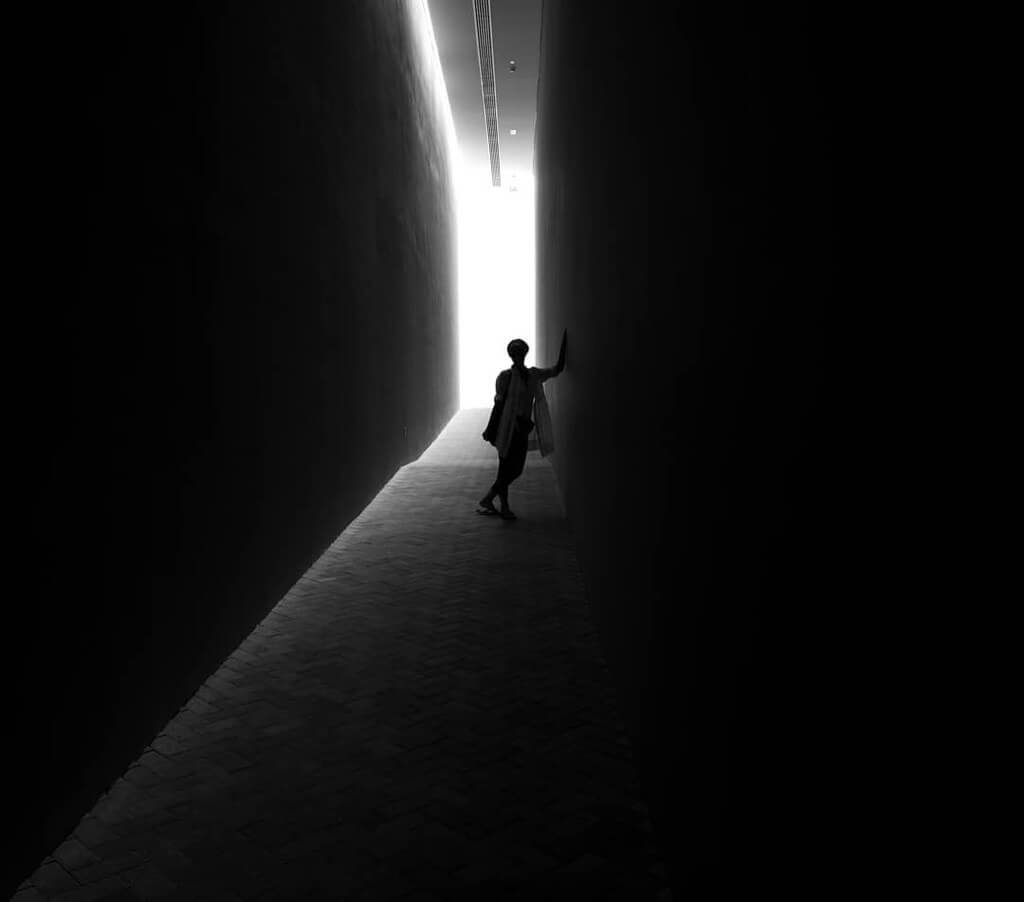
Turan was drawn to the combination of street and noir photography because, first of all, he likes creating images with an “edgy, raw, quirky, or just plain dark look.” He has a passion for black and white photography, especially with high contrast or low-key lighting.
“I prefer B&W for its elegance and timeless look. Nothing reduces an object more down to its essence than a perfect symphony of lights and shadows.”
He also enjoys being at the intersection of fine art and documentary photography. “I love photography that bridges street documentary with fine art,” he says in an interview with The Phoblographer. “I believe there is still (more) space for noir-style fine art street photography.”
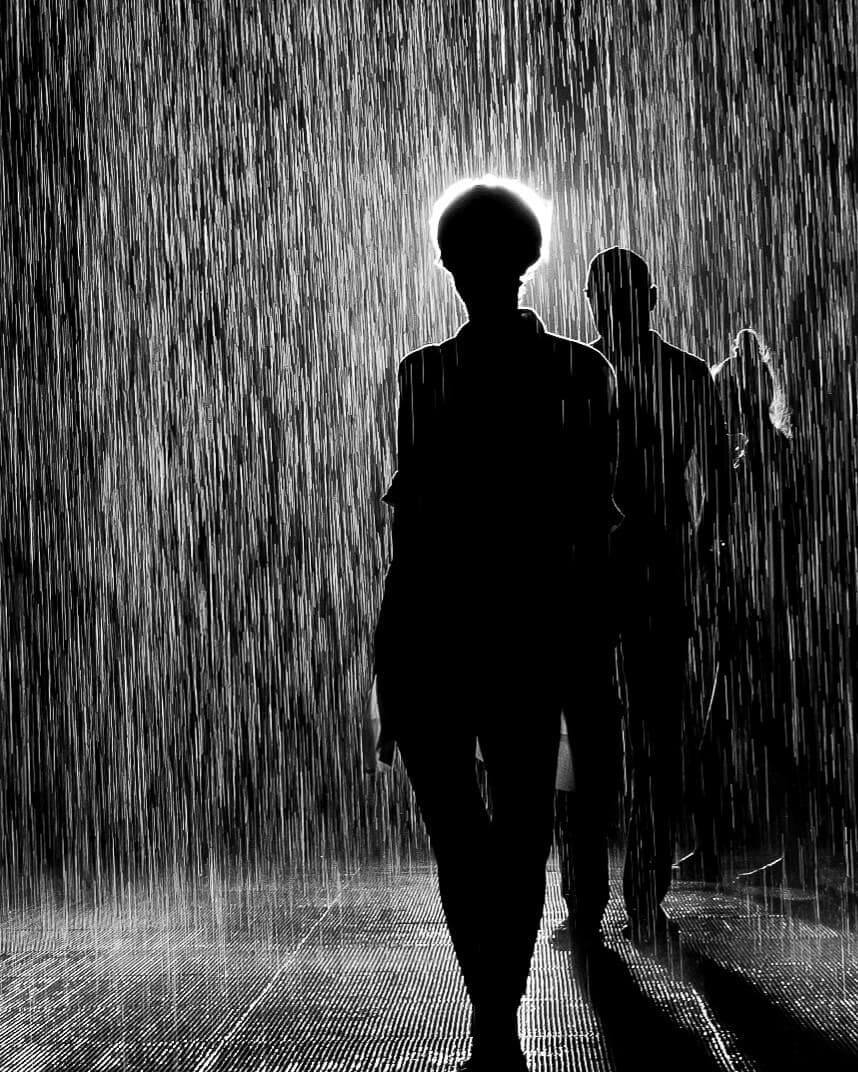
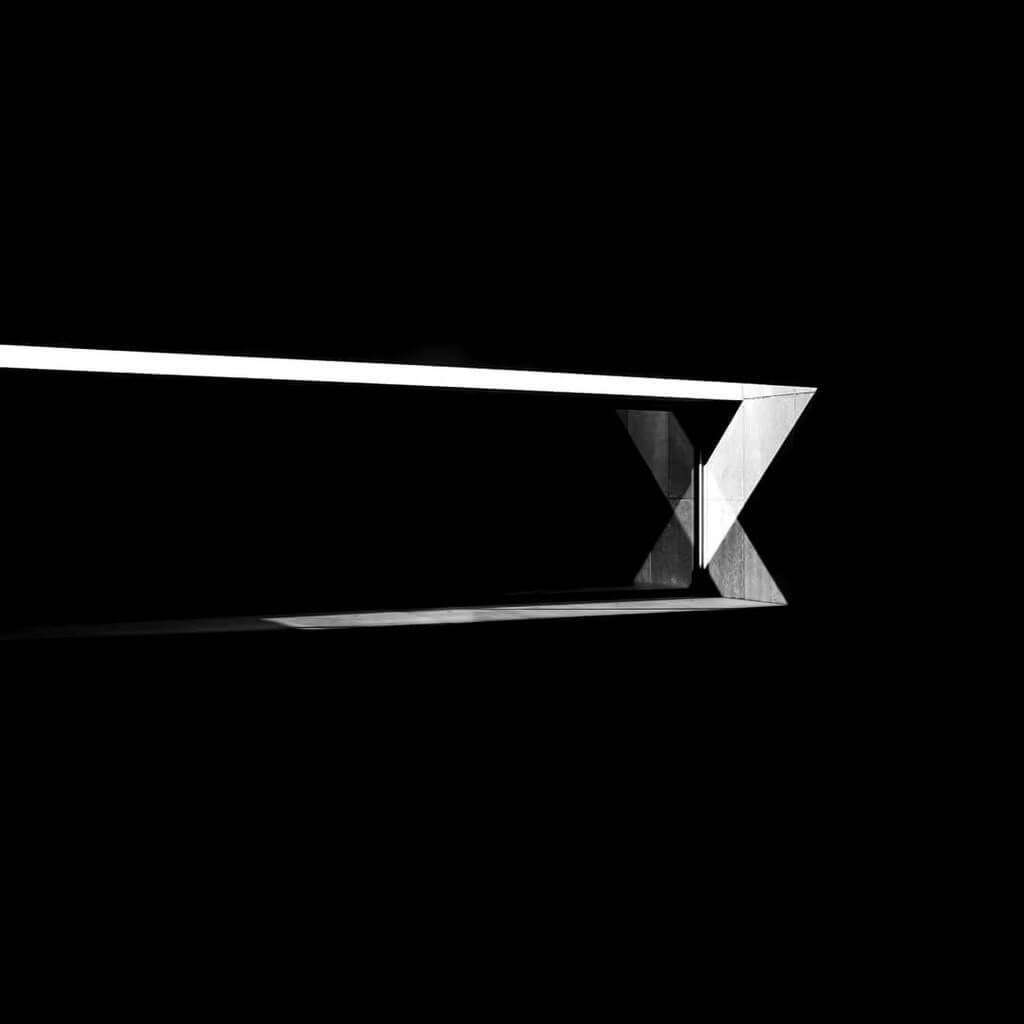
Not all of his noir photos are street shots, though. He occasionally does studio or portrait shoots, too, but his heart is in street photography. “The smells. The elements. The sounds. The raw and dirty side of it. The rush and the quiet. Nothing is more beautiful to me than a nicely composed street scene in perfect light.”
Another reason why he’s taken to street photography is because it’s so starkly different from his corporate day job, which involves a lot of “meetings, workshops, and countless discussions.” Photography is his way of slowing down and escaping that world, creating silence and joy in his hectic lifestyle.
More than any other genre, street photography brings out a side of him that gets suppressed at work. “Running around the streets, taking stealth shots of people and then quickly moving somewhere else, all of what comes with that is so childlike and adventurous. It still makes me giggle every time I chase someone, the thrill of getting it done on time, in the right frame, the right light.”
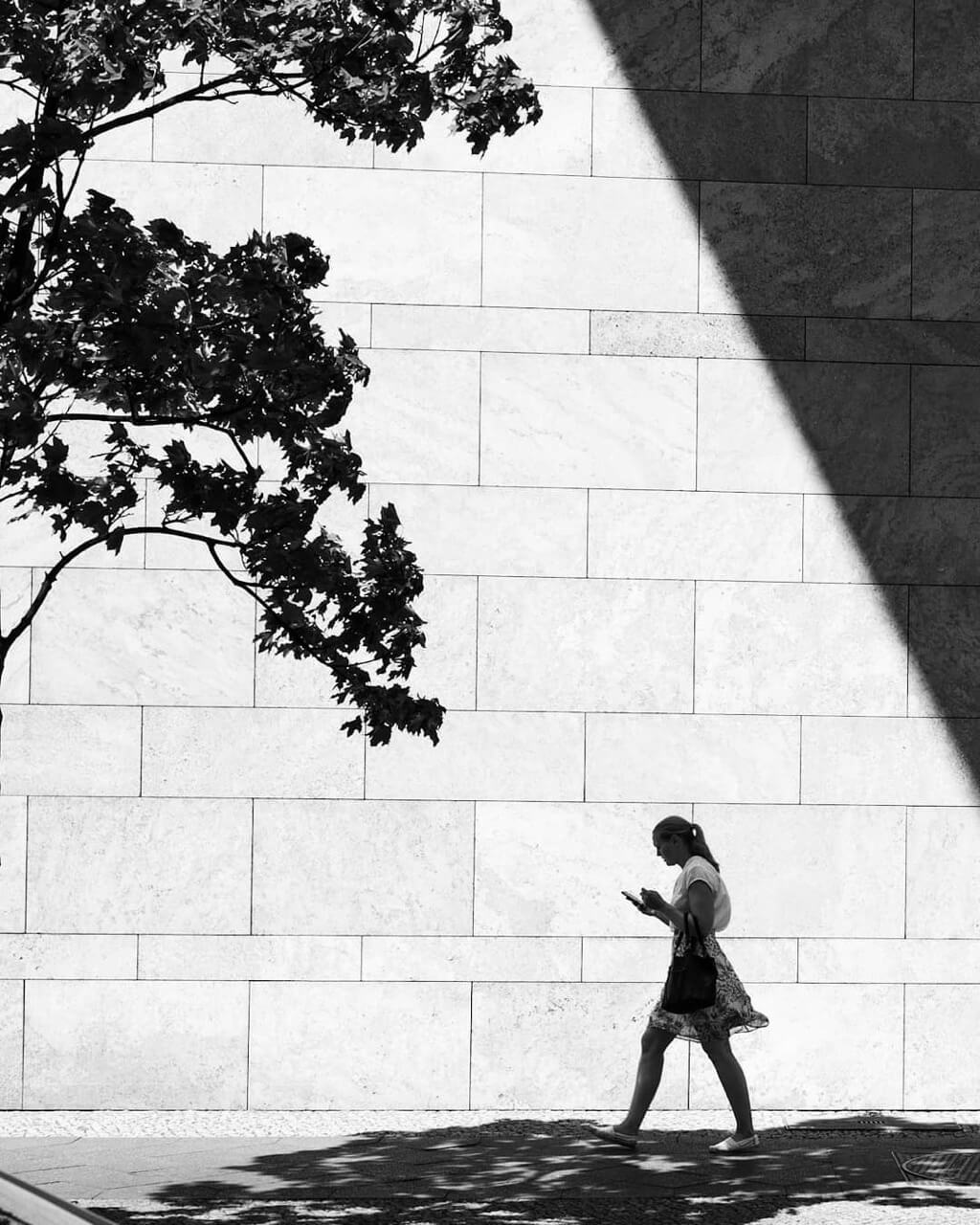
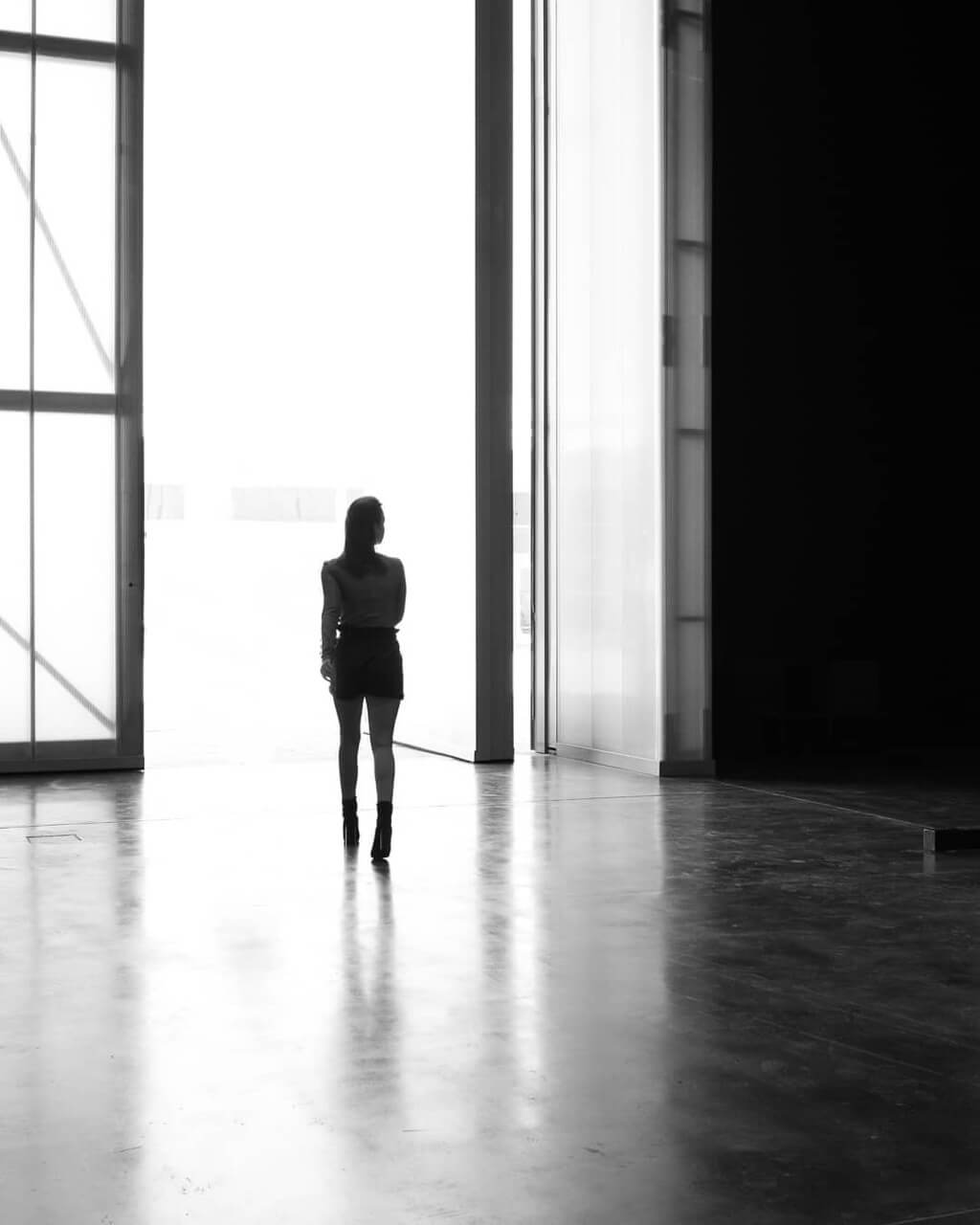
Unlike some street photographers who focus on a particular city (like Lauren McGregor’s London or Ilan Ben Yehuda’s Jerusalem), Turan’s street photos are united by his style rather than a single place. Originally from Vienna, Austria, he’s lived and worked throughout the Middle East and is now situated in Dubai, UAE. Wherever he travels, he’s found that street photography has permanently changed his way of viewing the world.
“I have never looked at long shadows during the golden hour the same way I do now. I have never seen the beauty in natural patterns the same way I have before. Architecture and infrastructure and their intersection with people. I actively observe and consume my environment. Today especially where everyone is glued to their phone screens, I feel like the only one seeing among the blind.”
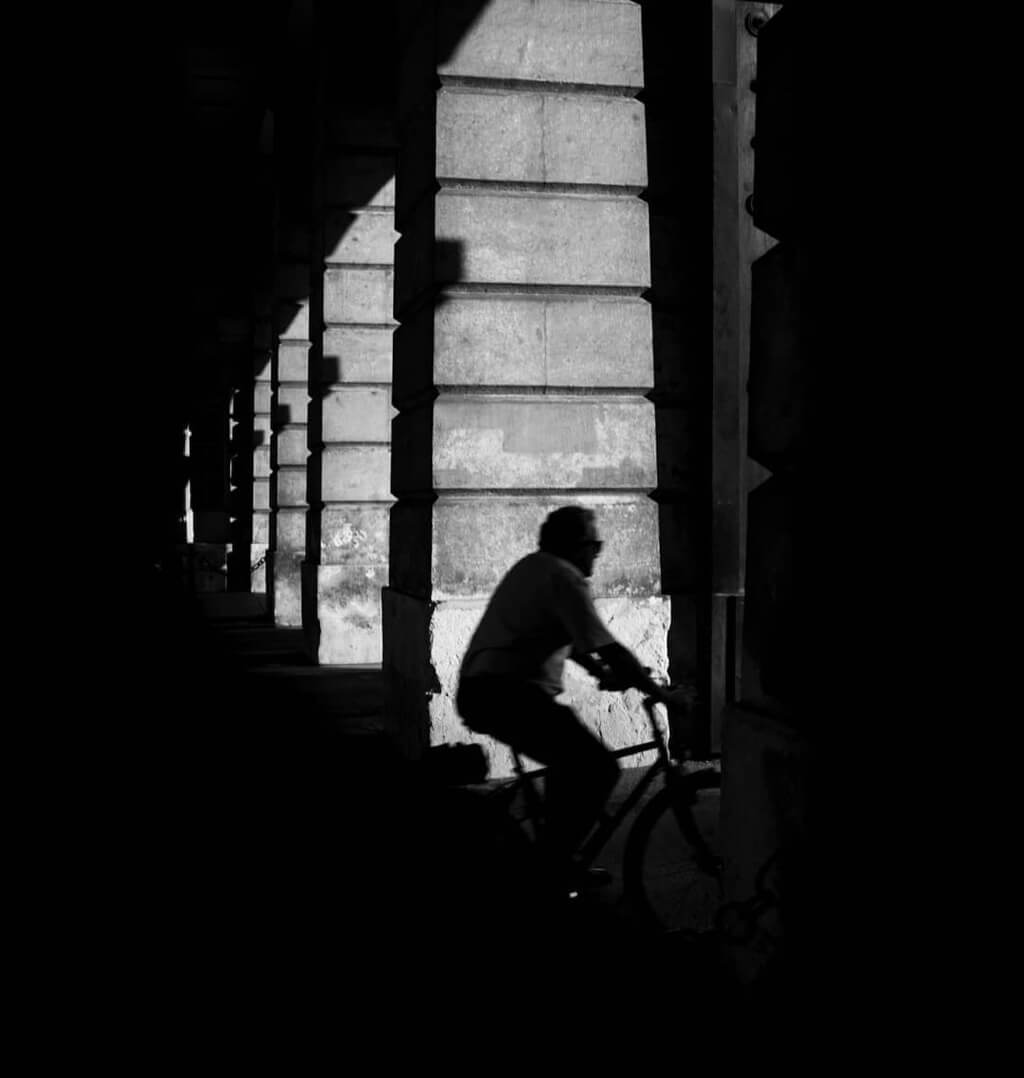
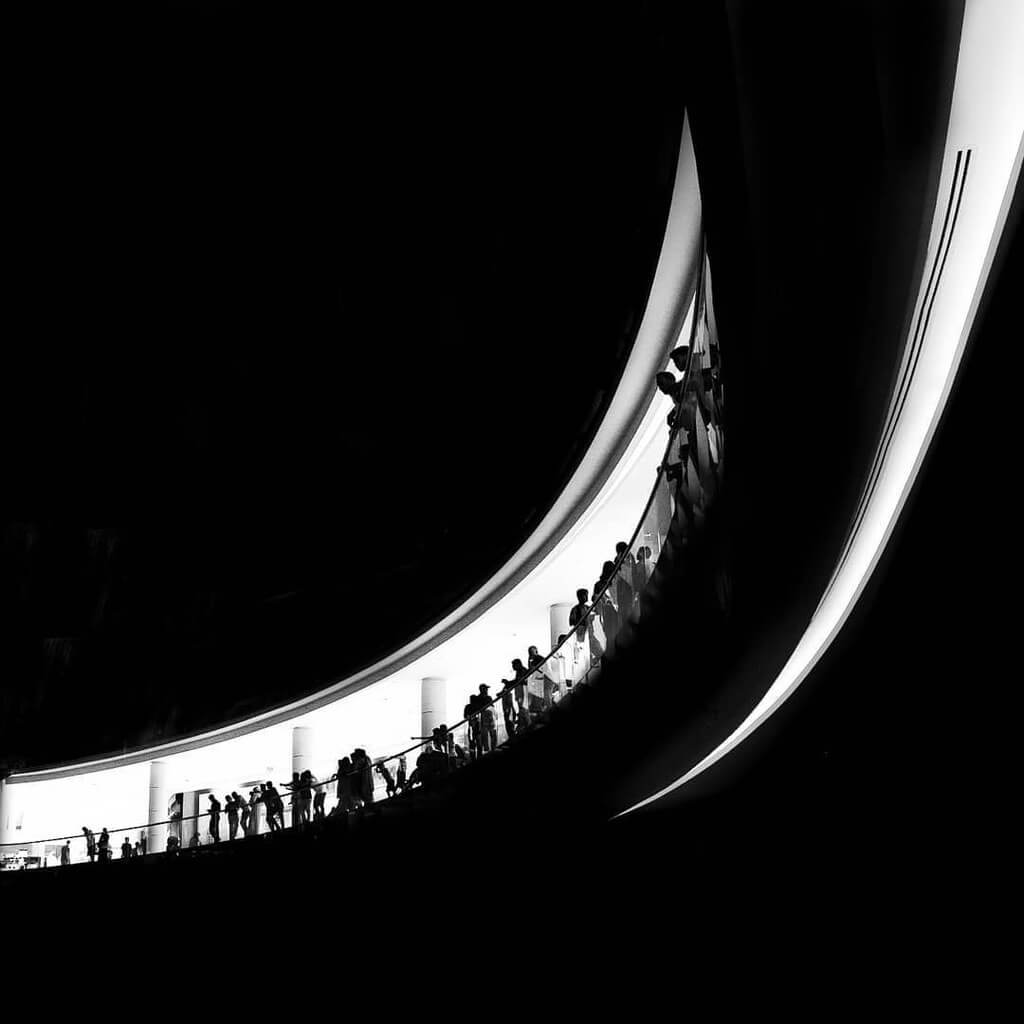
In addition to the joy of going out shooting, Turan loves the process of editing and printing photos afterward. Getting immediate, tangible results is, again, something he misses in his day job. “My daytime job sees little to no tangible or immediate output of the work and thus photography gives me a lot of rewards in that respect. Especially when I print my work.”
In the past, he used to have an in-depth editing process that involved 16 different plugins, like Silver FX. But over time, he’s learned that less is more. Now, he sticks to the basics in Lightroom. “Cropping, shadows, highlights, blacks and white and dehaze is around 90% of my editing. The better the production quality, the less you need in post.”
Despite his minimalist approach to editing, he still finds a lot of satisfaction in it. He’s fascinated by how the story and feel of an image can totally change with a few small adjustments. “I am still amazed at how many new narratives you can discover when you crop images.”
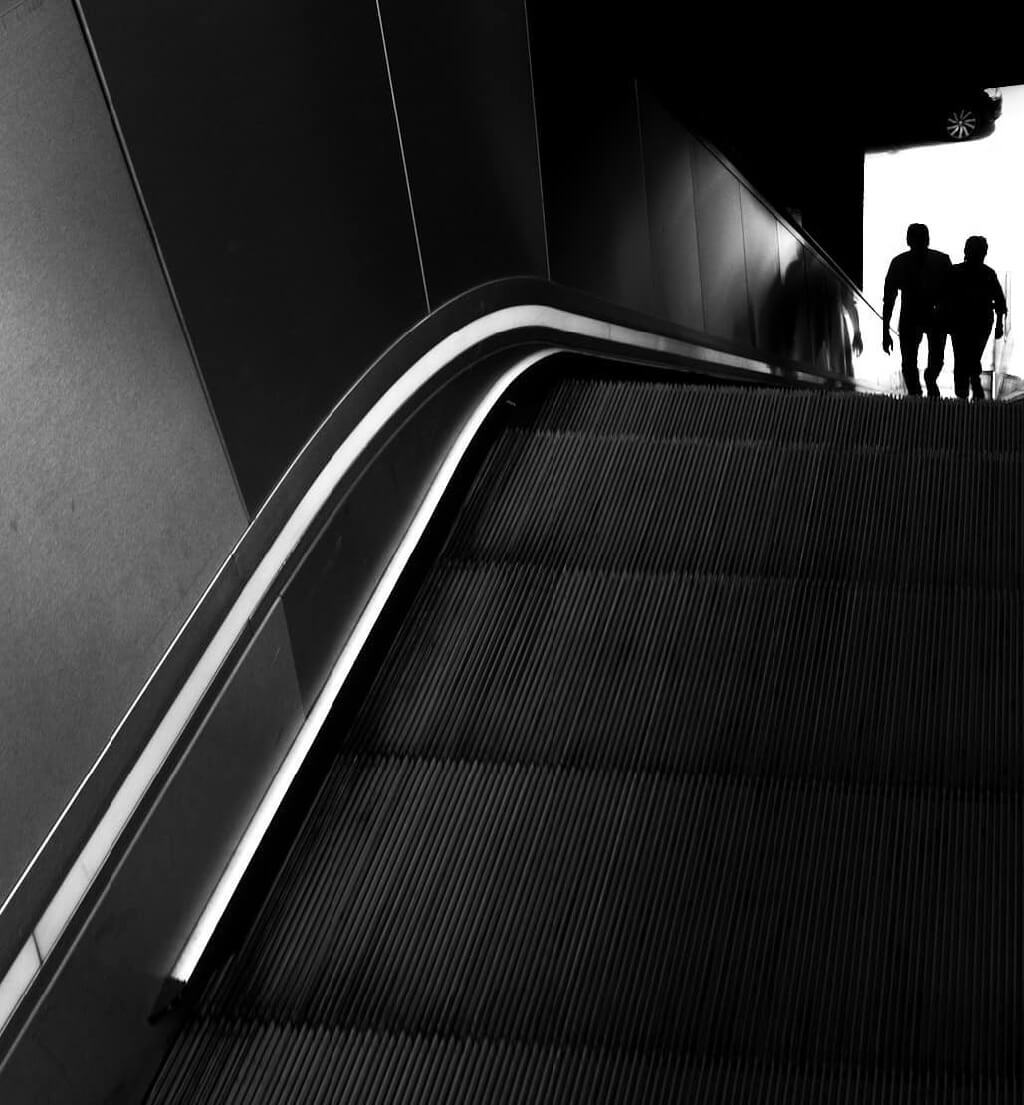
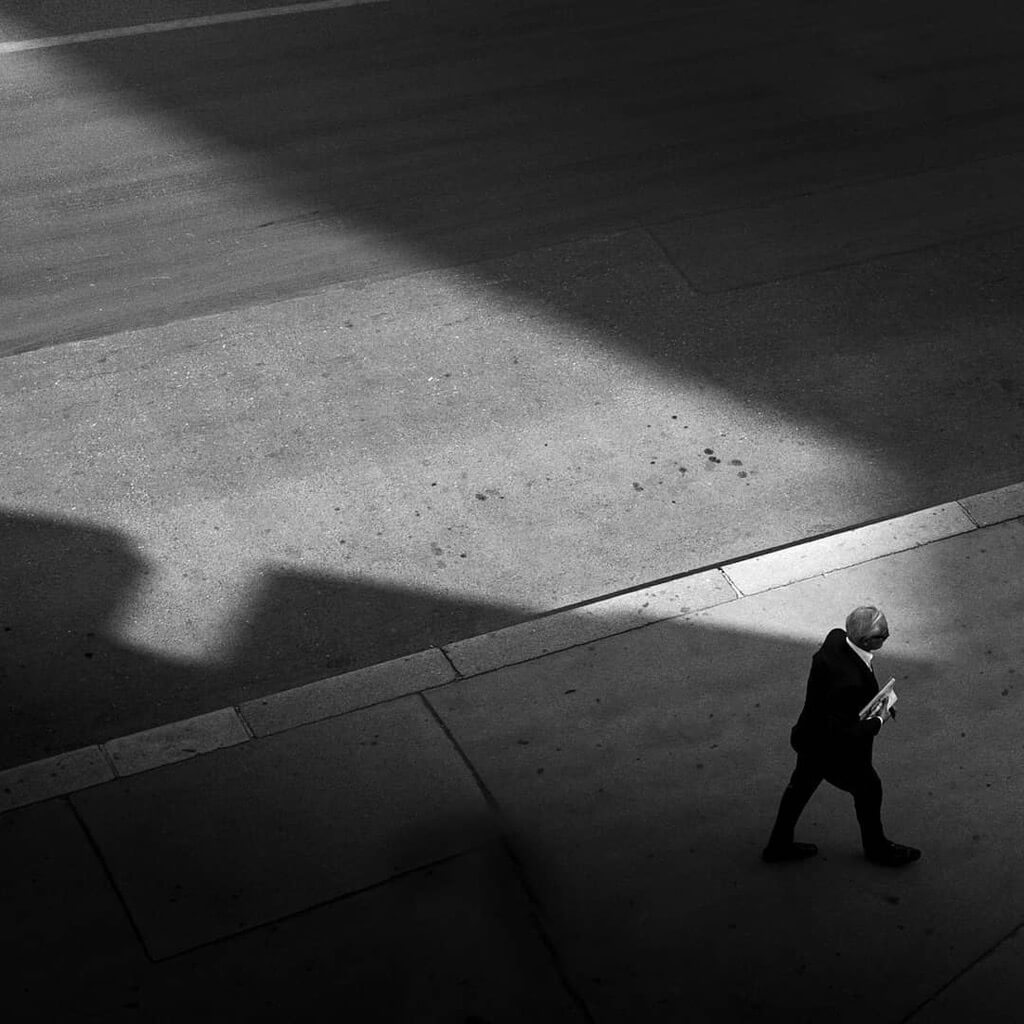
He’s also learned that skill and practice are vastly more important than gear in photography. When he first started out, he was mainly focused on all the cameras, lenses, adaptors, and other accessories photographers can get to (theoretically) improve their photography. But ultimately, getting the best gear made no difference in the quality of his images.
“I spent stupid money on dozens of lenses and cameras and noticed no improvement in my photography whatsoever. I tried to compensate for my lack of artistic and creative passion with technology. And failed miserably.”
Then, he started watching tutorials on YouTube about everything: light metering, the exposure triangle, etc. But again, that passive knowledge was not enough to improve his photography.
The biggest impact came when he started using a manual film camera, the Pentax K1000, which didn’t allow for laziness. It forced him to learn and practice technique, being thoughtful about every shot. “I spent a lot of time learning the craft. I continue to learn to this day.” Those hours of practice, more than anything, made him into the photographer he is today.
To see more of Daniel’s work, visit his website or follow him on Instagram.
